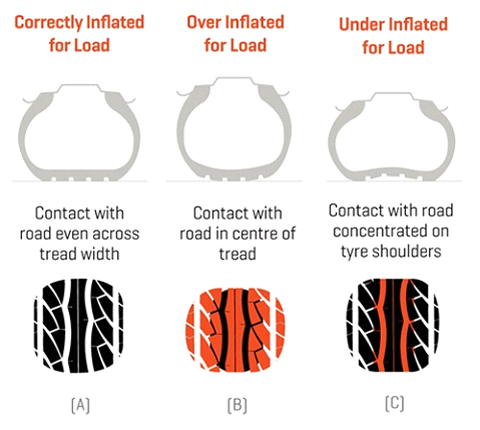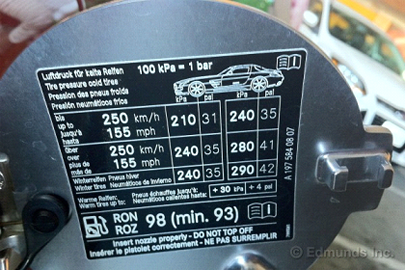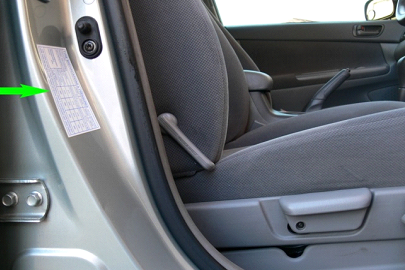A. Wheel balancing, is the process of equalizing the weight of the combined tyre and wheel assembly so that it spins smoothly at high speed.Putting wheel weights on the wheel achieves an even weight distribution.
The wheel/tyre assembly is placed on a balancing machine, which centres the wheel and spins it to determine where the weights should go. The weights are either fixed to the outer rim on steel wheels or glued to the inside of the rim on alloys.
A. Incorrect pressures can affect a vehicle’s handling, cause premature tyre wear and damage a tyre irreversibly. Motest would advise you to check tyre pressures regularly at least once a month, and before every long journey. That includes the spare.
Ideally tyre pressures should be checked when tyres are cold, before the vehicle has travelled any great distance. As they warm, tyres increase in pressure which is quite normal.
An underinflated tyre, the most common, will cause quite a number of issues. The lack of air in the tyre will cause it to effectively sag. This causes extra undesired resistance on the road surface, which results in higher fuel consumption. It also effects the handling.
If both front tyres are low on pressure it will cause excessive body roll when cornering or manoeuvring on a motorway. If one front tyre is flat it will cause the car to pull left or right depending on which tyre it is. Underinflated rear tyres will have a similar effect, but won’t be as noticeable.
It will also cause the outside edges of the tyres to wear faster than the centre tread as it reduces the overall contact area with the road.
Like under-inflation, over-inflation reduces the area of contact with the road, which can adversely affect vehicle handling and braking. The harder the tyre ( over the manufacturers recommendation) the less grip it will have. It also accelerates wear in the centre of the tread and makes the tyre more vulnerable to impact fracture or other casing failures.
An over-inflated tyre doesn’t absorb road shocks so well, resulting in a much harder ride, which can prove extremely uncomfortable when clocking up the miles.

A. Have a look in your vehicles handbook for the correct pressure. A lot of modern vehicles have the tyre pressure written somewhere on the car, such as on a sticker just in the driver’s door frame or on the fuel cap. If you have difficulty locating the information please call your local Motest branch and we will tell you what the correct pressures are.


A. Budget tyres can be a great option for your car but it does very much depend on driving style and vehicle usage. For example, for a vehicle used for regular town driving, popping to the shops, or small local journeys at modest speeds, a budget tyre is a great substitute for a premium brand and it is unlikely any difference will be noticed.
If the vehicle is constantly used for long commutes and motorway journeys then we would recommend spending a little bit more and getting a more hard wearing mid range tyre such as Avon or Kumho, which are very good tyres for the price. As there are a lot of budget tyres available on the market , we at Motest will do our best to advise you on which brand will be best for you.